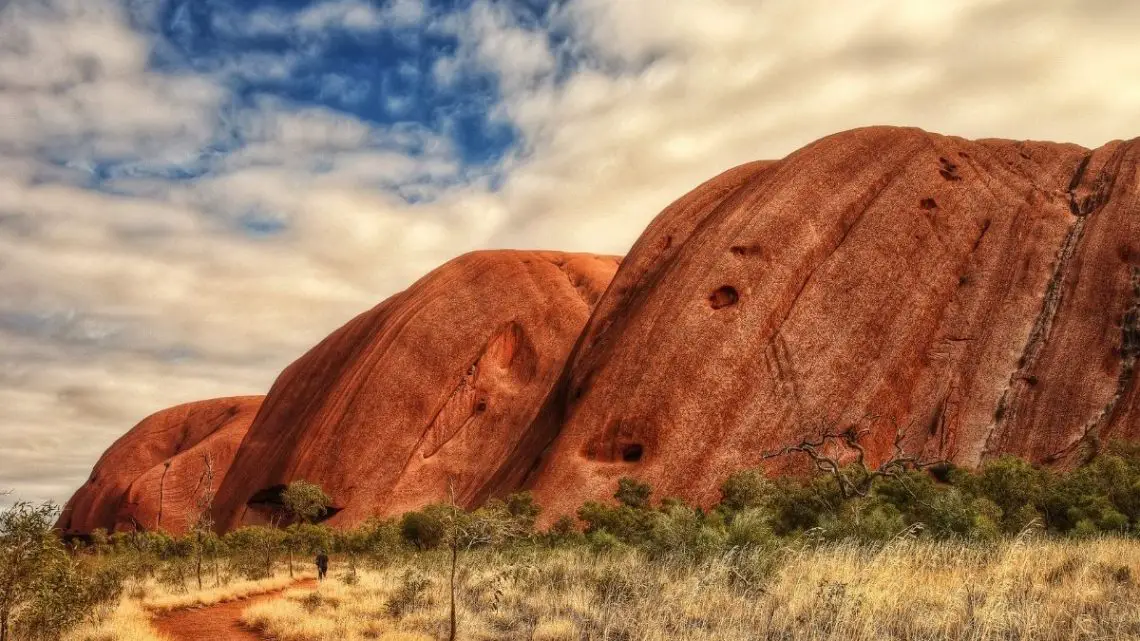
10GW green hydrogen project aims to electrolyze water drawn from desert air
December 20, 2021The AUD$10.75 billion Desert Bloom facility is slated to begin construction next year.
Desert Bloom, an AUD$10.75 billion (USD $7.63 billion) 10GW green hydrogen project will begin construction in Australia’s Northern Territory in 2022.
If the project moves ahead as predicted, it will start commercial production of H2 in 2023.
The green hydrogen project will be located in the Australian outback and will draw the water it will electrolyze straight out of the air. Its development and construction have received Major Project Status from the Northern Territory.
This status means that the regional government will collaborate with the Aqua Aerem developer to move the massive project to reach full scale. This will include everything from spotting ideal locations for its construction within the remote Barkley region as well as fast-tracking each following planning approvals process stage.

Aqua Aerem says this green hydrogen project status will mean it will start its first 8MW test next year.
That initial 8MW test will occur before a notably larger 400MW first phase in which will occur “the production of commercial quantities of green hydrogen from 2023.” The project I expected to be completed in 2027, from which time it will produce approximately 410,000 tons of renewable H2 for under AUD$2 (USD$1.42) per kilogram. Should it achieve that target, the clean H2 produced there will be cost-competitive with grey hydrogen produced using unabated fossil fuels such as natural gas.
Desert Bloom stands out among the rapidly growing and evolving number of gigawatt-scale clean H2 projects because it will use water drawn from the air to electrolyze into the carbon emission-free fuel.
Traditional electrolyzers typically need 9 liters of water for every kilogram of H2 produced. However, the majority of giga-scale projects are located in either arid or semi-arid regions due to the easy access to high solar irradiation, which reduces production costs powered by solar.
“Our air-to-water technology, which solves this previously intractable water supply problem, is a world first; invented and developed here in Australia,” explained Aqua Aerem CEO Gerard Reiter. “This technology will open the door for green hydrogen projects to be located where the best renewable power sources are available, which is generally in the driest areas of the planet.”
Though Aqua Aerem hasn’t provided much information on how the technology in this green hydrogen project works, it says only that it uses an absorber that will “capture water from the atmosphere in arid environments…with increased efficiency in hotter climates.”



 With over 15 years of reporting hydrogen news, we are your premier source for the latest updates and insights in hydrogen and renewable energy.
With over 15 years of reporting hydrogen news, we are your premier source for the latest updates and insights in hydrogen and renewable energy.
Hydrogen everywhere
That’s enough water from the air to support 16,000 households (at 140 gallons per day). Interesting in itself! If they can actually sell H at 60 cents/lb, with equipment/construction costs fully covered, their water capture system must be very efficient.
It would be good to find out the number of solar panels a system would need to supply a desert home (let’s say in Phoenix, Las Vegas or Los Angeles) with both water and hydrogen fuel. Our desert west is running out of water from the Colorado River. The electricity required to run their water “absorber” is the key to what may be an alternative that also supplies H as vehicle fuel and electricity (via the vehicle’s fuel cell) at night.
If solar power is to supply the electricity for the electrolysis, the plant will be inactive at night, and this is 12 hours a day in Queensland
You’ll need Redflow batteries to store surplus daytime solar
The system would store the H in an F150 LightningH pickup or similar, and would produce electricity at night via the truck’s fuel cell. Plenty of stored energy to run the entire house for weeks if need be.
We just need to convince Ford to convert the Lightning to hydrogen. 🙂 Who has access to Pete Buttegieg to get this truck rolling? I’ve contacted Ford already – no response… -Bob